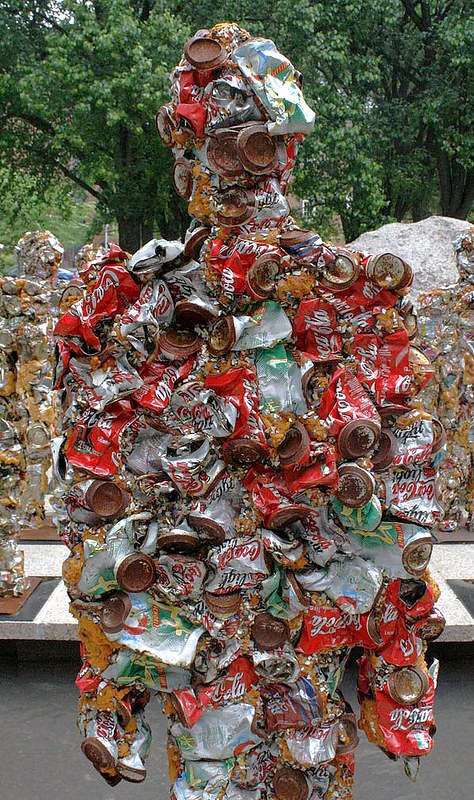
They say that one person’s trash is another person’s treasure…but one failed trash business might have caused another’s disastrous business decision (or, to put it another way, one person’s trash might be (and often is) another person’s trash).
We turn to Vermillion State Bank vs. Tennis Sanitation, a case that was accepted recently for review by the Minnesota Supreme Court.
Painting with a broad brush, Troje’s Trash Pick-Up Inc. went out of business. Vermillion Bank, its lender, seized the assets. In the urgency preceding the bank’s auction of Troje’s assets (which included trucks and customer routes), Tennis Sanitation apparently offered to buy Troje’s assets for (minus its natural-gas trucks) for $6.1 million (asking the bank to bid on Tennis’ behalf at the auction).
But Tennis ultimately backed out of the deal. Vermillion sold the trash trash company (not a typo) to Republic for $4 million and then sued Tennis for the balance under the bank’s alleged oral agreement with Tennis.
Of particular interest to Minnesota civil litigators (in our view) will be the issue of whether this oral contract was enforceable or unenforceable under the Uniform Commercial Code’s (UCC) statute of frauds. See Minn. Stat. § 336.2-201(1).
Was the sale of the Troje business (roughly, “trucks and customer routes”) a “sale of goods” subject to the UCC (and unenforceable in light of the statute of frauds) or a “hybrid contract” whose “predominant factor” was “non-goods” (e.g., “intangibles,” like customer routes)?
“[C]ourts consider the contract language, the supplier’s business, and the ‘intrinsic value’ of the goods at issue…[They] commonly compare the relative cost between the goods and services (non-goods here) in the contract” (here at p. 14).
In comparing the relative costs between the goods and non-goods covered by the contract at issue, we have no doubt that the contract’s predominant purpose was for Troje’s customer routes. Most trial witnesses testified that the customer routes represented Troje’s true value. The parties’ figures written on the whiteboard during the meeting before the auction also support this conclusion. Based on these numbers, the customer routes predominated the contract as they represented $5.3 million of the $9.1 million total valuation that the parties formulated. While appellant notes that a 2015 appraisal gave Troje’s equipment a $5.1 million fair market value and a $4.8 million liquidation value, no evidence supports the notion that the parties used this appraisal when discussing the terms of the contract. As a result, the customer routes—a non-good—represented the contract’s predominant purpose.
See the analytical problems in that quoted language from the Minnesota Court of Appeals? “Most trial witnesses testified that the customer routes represented Troje’s true value”? Is “true value” determined by majority rule? “While appellant notes that a 2015 appraisal gave Troje’s equipment a $5.1 million fair market value and a $4.8 million liquidation value, no evidence supports the notion that the parties used this appraisal when discussing the terms of the contract.” Is that relevant to a determination of “true value”?
The simple and obvious take-away from Vermillion State Bank v. Tennis Sanitation, LLC is that very quickly negotiated multi-million dollar oral transactions are probably not a great a idea or, to put it another way, include a very high degree of risk. But no one needs Minnesota Litigator to know that lesson. Of greater interest, though, will be the Minnesota state Supreme Court’s clarification of the law on the application of the UCC statute of frauds to hybrid contracts involving goods and “non-goods.”
